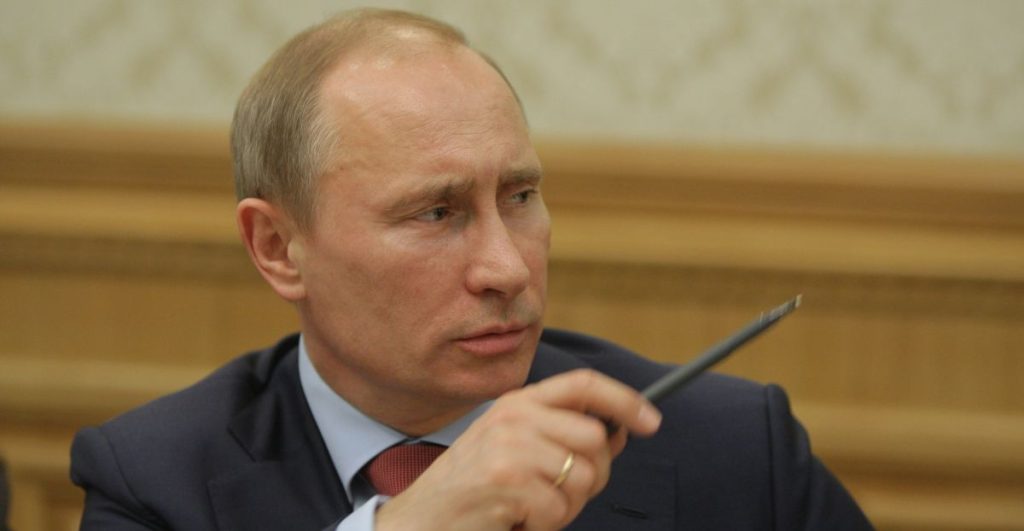Talks of a face-to-face between Donald Trump and Vladimir Putin have resurfaced, with both sides showing cautious interest.
Others are reading now
Trump believes personal diplomacy could break Moscow’s resistance, while Putin seeks to buy time as his forces press forward. The stakes are high, any meeting could shape the war’s trajectory and the conditions for its eventual end.
Putin’s Reluctance to Halt Momentum
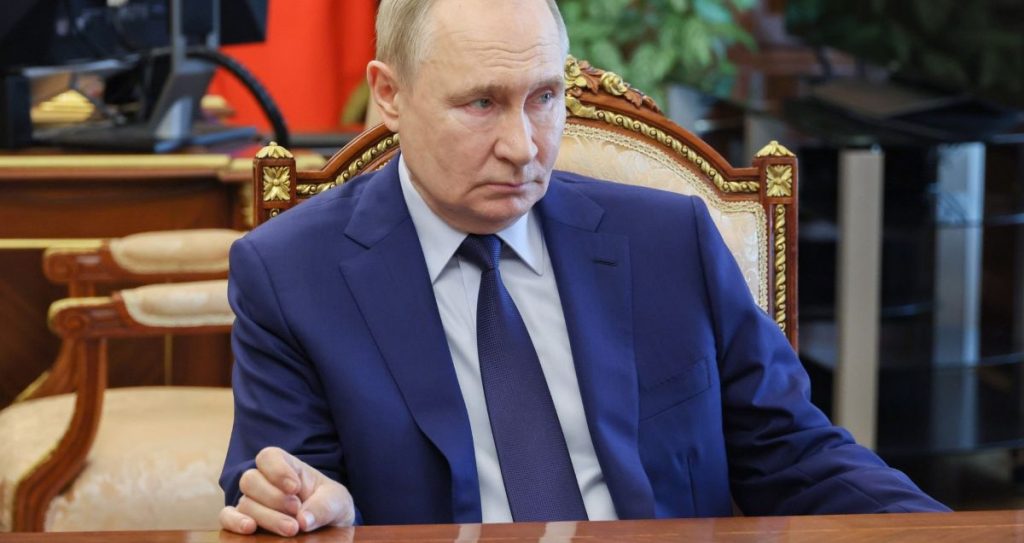
The idea of an unconditional ceasefire remains remote. Kyiv, Washington, and European allies proposed one in May, but Moscow rejected it outright.
With Russian troops making steady gains, Putin sees no reason to pause. Sanctions threats even those targeting China and India have little sway over his immediate military ambitions.
A Temporary Freeze in Hostilities
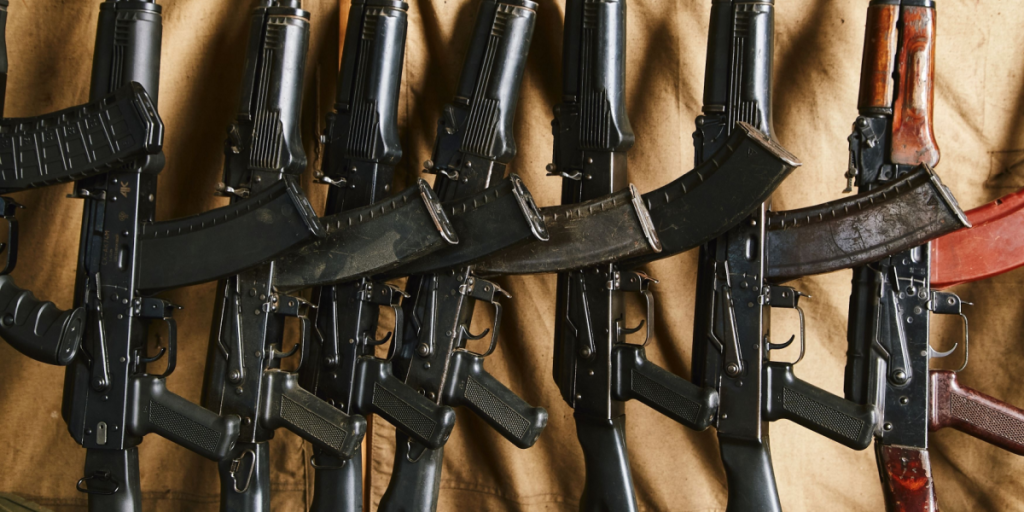
One possible path forward: talks that simply lead to more talks. This could lock in Russia’s territorial gains before winter halts large-scale fighting.
By October, Putin may control strategic eastern towns, positioning himself to resume the offensive in 2026 or turn his battlefield successes into permanent diplomatic wins.
Also read
Winter as a Strategic Pause

If front lines freeze in both a literal and political sense, Putin could use the lull to regroup, refit, and plan.
Winter warfare is notoriously difficult, making this a likely moment for both sides to consolidate. Russia might also exploit the pause to stir political instability in Kyiv, questioning Zelensky’s legitimacy.
Ukraine’s Best-Case Scenario
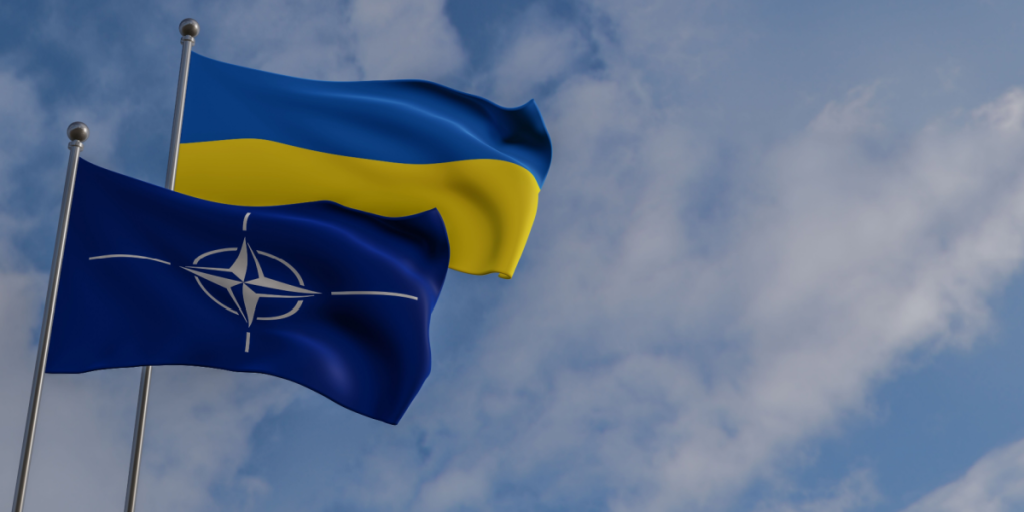
If Western aid continues at pace, Ukraine might hold its lines well enough to force Moscow back to the table. Even with losses in the east, slowing Russia’s advance could shift momentum.
NATO allies are considering a “reassurance force” near Kyiv to deter future offensives, helping Ukraine rebuild while discouraging further Russian moves.
NATO’s Guardrails in Ukraine
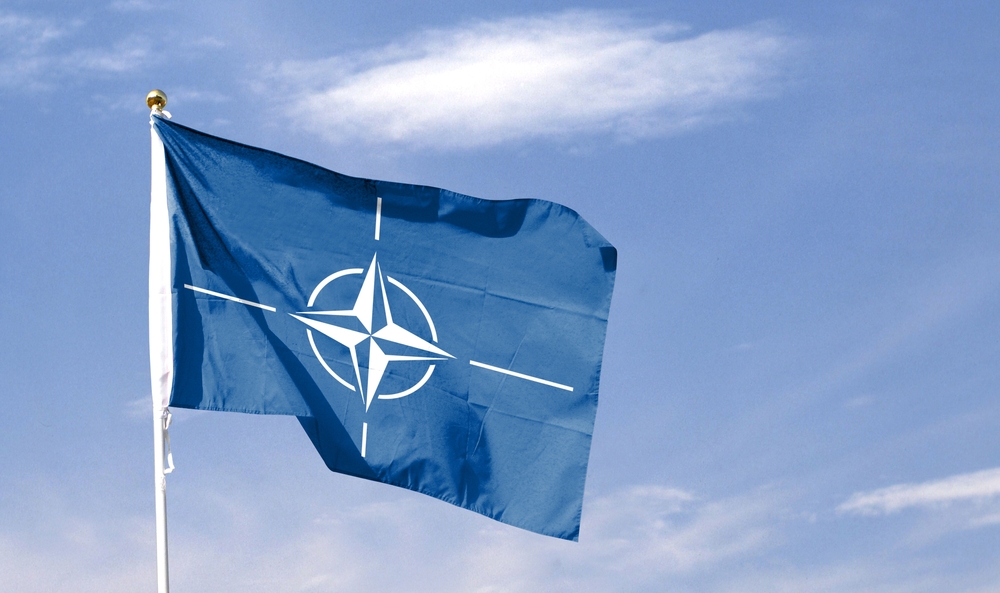
Tens of thousands of European troops, positioned as a security guarantee, could provide logistical and intelligence support without direct combat.
Also read
This would create a strong deterrent against Russian aggression while avoiding the escalation of full NATO involvement. For Ukraine, this is the most optimistic outcome short of outright victory.
Cracks in Western Unity

The opposite could happen if a Trump–Putin meeting improves US–Russia relations at Ukraine’s expense. Without firm US backing, Europe might struggle to tip the balance.
A fractured response could embolden Moscow, leading to a deeper push into Ukraine and potentially threatening Kyiv’s survival.
Europe’s Dilemma in a Wider War
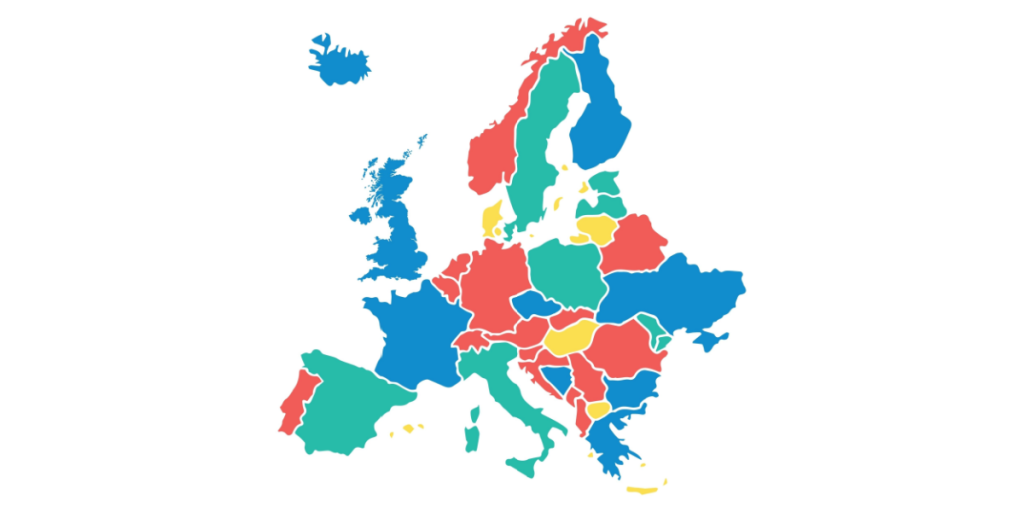
Faced with the possibility of Russian forces advancing toward central Ukraine, European leaders would confront a grim choice: confront Moscow directly or accept a de facto loss of Ukrainian sovereignty.
Lacking a political mandate for war, they might opt for the latter, leaving Ukraine dangerously exposed.
Also read
Russia’s Potential Quagmire
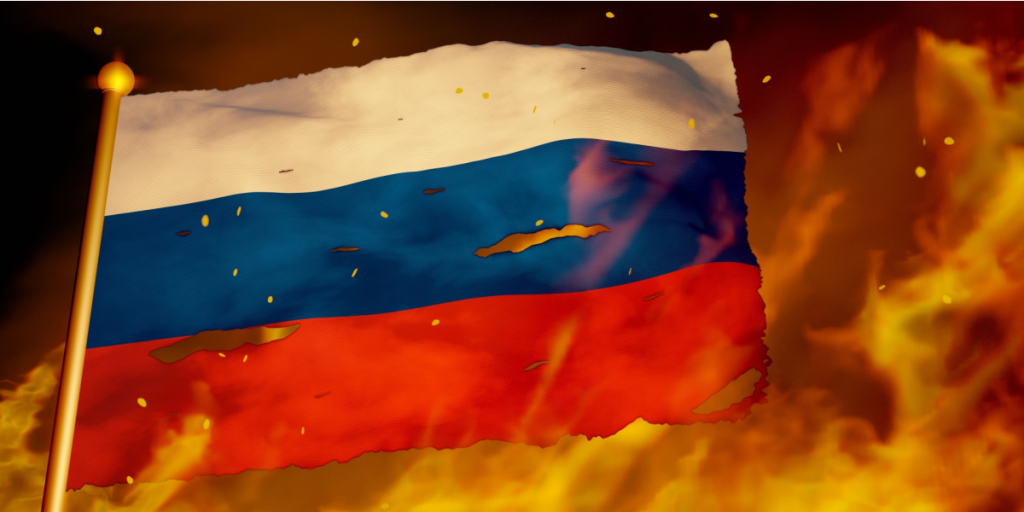
History could repeat itself if Russia’s campaign drags on without decisive gains. Mounting casualties, eroding alliances, and economic strain could weaken Putin’s grip.
As sanctions bite and dissent grows among Moscow’s elite, the Kremlin could find itself in a slow-motion collapse similar to the Soviet Union’s retreat from Afghanistan.
The Fragility of Power
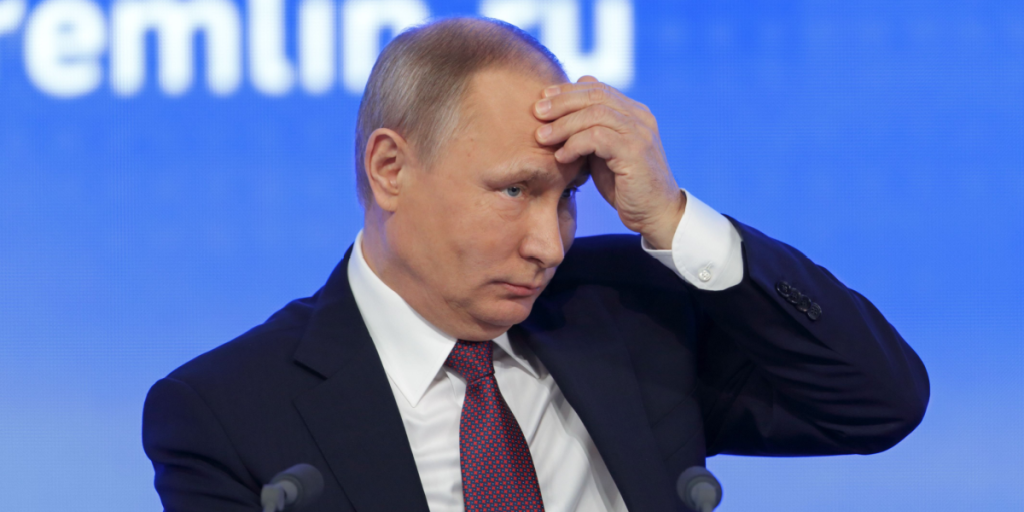
Putin’s strength has long depended on the perception of control. Just as cracks appeared during the Wagner Group’s brief revolt, prolonged war could expose him as vulnerable.
While this scenario is the West’s quiet hope, it remains uncertain, hinging on both military stalemates and internal political pressures in Russia.

